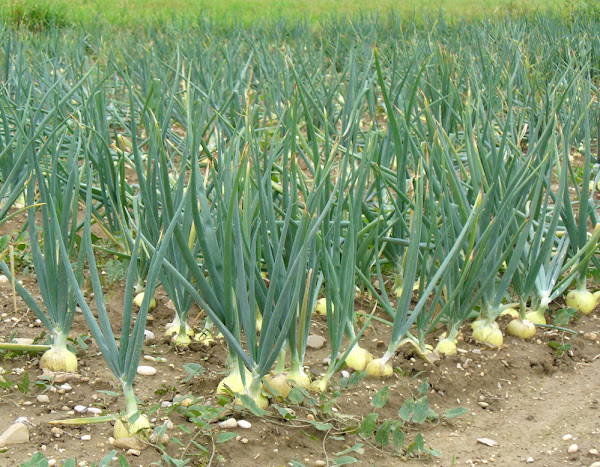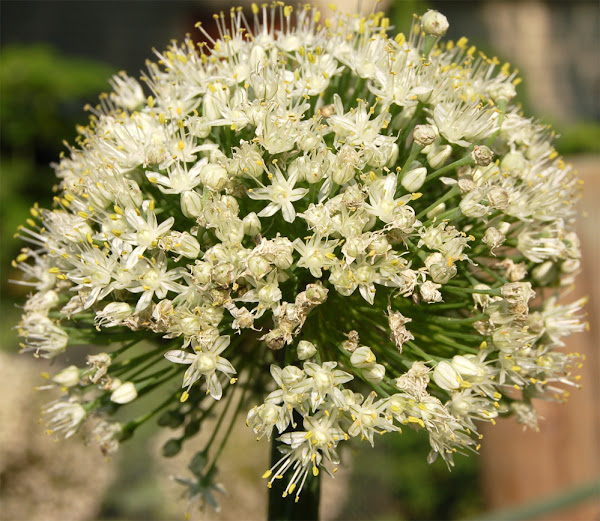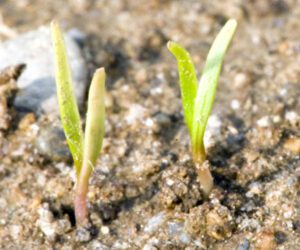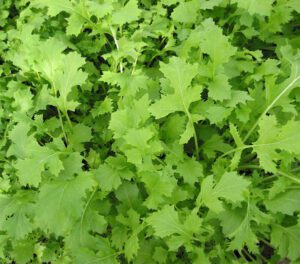Growing onions organically is very popular among the home gardeners. Because growing onions is very easy and they are well known for their hardiness.
Onions (Allium cepa) are a cold season crop and are generally planted early in the spring. They are among the very popular and widely used vegetables around the world.
Onions are cultivated throughout the world as a food item. They are generally served cooked as a vegetable or as a part of a prepared savoury dish. Some people prefer eating the onions raw or for making pickles or chutneys.
Growing onions organically in the home garden will take some patience. But you will be rewarded with the onions that taste and smell better than those ones you used to buy from market.
How to Grow Onions in Home Garden
Growing onions organically in your home garden will be very easy for you if you do everything perfectly. Here we are describing everything about growing onions from planting, caring to harvesting.
Choose the Onion Variety
There are different types and varieties of onions available to choose from. They differ in size, shape and color.
Different types of onions are available such as red, yellow and white with the size ranging from small pickling to large. Shape of the onions also vary, such as globe, top or spindle-shaped.

Among all these many different onion varieties, you have to choose those varieties which grows well in your area.
Consult with any existing home gardener in your area for better suggestion.
Some common onion varieties are Yellow Sweet Spanish, Red Wethersfield, First Edition, Burgundy, White Bermuda and Stuttgarter.
Purchase Transplants, Sets or Seeds
Onions are grown in many different ways. You can start growing onions from transplants, sets or seeds. So after selecting the varieties, you can buy either transplants, sets or seeds.
Best Time for Growing Onions
Onions are cold-season crop. So you have to plan for growing onions during the colder months (winter season).
Preparing the Soil
Onions are known for their hardiness and they can be grown in almost all types of soil. But loamy soil is considered as best for growing onions with the availability of full sun and well drainage system.
Prepare the soil by adding as much organic fertilizers as you can. Well-rotted aged manure or homemade compost will just be perfect. Remember, the onions are heavy feeders and they need constant supply of nutrients for producing big bulbs.
Planting
Onions can be grown by using many different planting methods. You can choose either transplants, sets or seeds.
The transplants are the seedlings which are started in the current growing season and sold in bunches.
You can easily collect the transplants from any of your nearest nurseries. Transplants actually form good bulbs over a short period of time, but they are subject to affect by diseases.
Sets are the immature bulbs grown in the previous year. Sets are the easiest to plant, harvest and less susceptible to diseases. Although the sets are more prone to bolting.
While, growing onions from seeds offer the great advantages of a wide choice in cultivars. The main problem for growing onions from seeds is ‘it will take longer time (up to 4 months) to mature’.

Whichever method you choose for planting onions, space the plants 4-5 inches apart, and in rows 12-18 inches apart.
Don’t bury the plants more than 1 inch under the soil when planting the onion sets (onions are a leaf crop, not a root crop).
You can also plant a sprouted onion, but you will not get more onions from it (although you will get lots of tasty green sprouts).
Caring
After planting onion transplants or sets, you will need to take additional care for better growth and yields. Here are the common caring steps.
Feeding/Fertilizing
Onion plants are heavy feeders. They require additional fertilization for better growth.
So you will need to fertilize the plants every few weeks for getting bigger bulbs. Use aged manure or compost for this purpose.
Watering
Onion plants generally require less water for growing as compared to some other crops. They will grow well without constant watering if mulch is used.
But watering is required, especially during drought conditions. About 1 inch of water per week is sufficient. You will need to water more if you are willing to produce sweeter onions.
Mulching
Mulching is required for growing onions. It will help to retain moisture in the soil, and also prevent most of the weeds.
Controlling Weeds
Adding mulch between the rows will help to prevent most of the weeds. Use a sharp hoe for controlling weeds.
Pulling or digging weeds up can damage the shallow roots of the onions, so avoid this.
Thinning
Give the onions enough space for proper growth. If you sow seeds, then thinning is a must. Pull some plants and space the plants 4-5 inches apart.

Some Common Problems for Growing Onions
There are some common problems (including pests and diseases) for growing onions in home garden. Here we are describing about the common problems.
Onion Maggots
Onion maggots lay eggs near the base of the onion plants. The larvae hatch and burrow into the stems, feed on the plants below the soil and eventually kill the plants.
Crop rotating is a good way to prevent this. Covering the new seedlings will prevent the eggs from being laid, and applying diatomaceous earth is also effective.
Thrips
Thrips are small yellowish-brown flying insects that feed on leaves and can cause twisting and curling. Sometimes cause the plant to stop growing which ultimately results the bulbs don’t mature.
Planting a resistant variety will be helpful for preventing this problem. Using organic materials such as neem and insecticidal soaps will be helpful for preventing thrips.
Rot
You may encounter neck or stem rot or bulb rot in damp soils. Good drainage and air circulation system can help for avoiding rot.
Splitting
If the soil remains dry during the period when the bulbs are forming, the bulbs will split or double.
Harvesting
You can expect harvesting onions when the onion plants send up flower stalks. This means that the onions have stopped growing and this is the best time for harvesting.
Just pull the onions when the tops are brown. And after harvesting, let the onions dry for several weeks before you store them. And store the onions in a cool and dry place.
These are the steps for growing onions. Hope you have enjoyed this guide! Happy gardening 🙂






